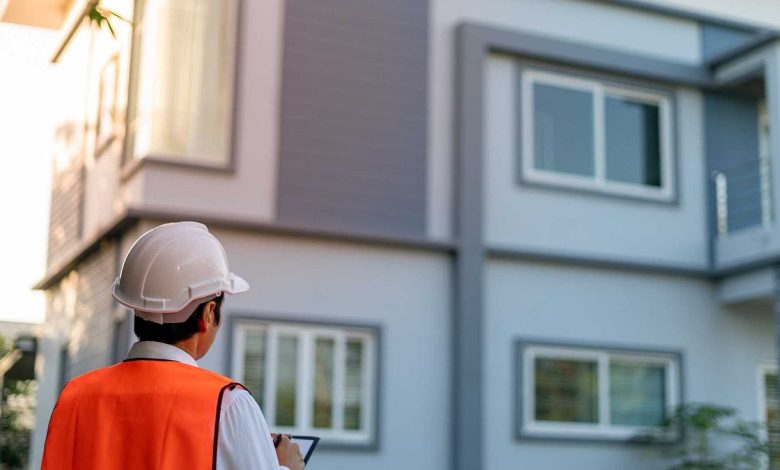
When buying a new home, it’s an exciting journey filled with possibilities and dreams. However, it’s also a significant investment, and you want to ensure that your dream home doesn’t turn into a nightmare of unexpected repairs and issues. This is where a comprehensive home inspection, offered by The Inspectors Company, comes into play. In this article, we’ll delve into the intricate details of what is included in a typical home inspection.
The Foundation: The Exterior Inspection
Every home inspection starts with the exterior. After all, this is where your house meets the world. Here’s what a home inspector looks for:
Roof and Chimney: The inspector will examine the condition of the roof, looking for damaged or missing shingles, signs of leakage, and the overall structural integrity. They will also check the chimney for damage and ensure it is clear of obstructions.
Siding and Trim: The inspector checks the condition of the siding, looking for cracks, rot, or any other signs of damage. They also inspect the trim, windows, and doors for proper sealing and functionality.
Foundation and Grading: The foundation is the backbone of your home. Inspectors assess its condition, looking for cracks, settling, or other issues. They also evaluate the grading around the property to ensure proper water drainage away from the foundation.
Gutters and Downspouts: Gutters and downspouts play a vital role in preventing water damage. Inspectors check for clogs, damage, and proper drainage.
Driveways and Walkways: Any defects in the driveways and walkways, such as cracks or uneven surfaces, are noted during the inspection.
Beyond the Threshold: The Interior Inspection
Once the exterior inspection is complete, the inspector moves indoors. Here’s what they focus on:
Plumbing System: Inspectors check and , water pressure issues, and the overall condition of pipes, fixtures, and water heaters. They also inspect drains and ensure they are functioning correctly.
Electrical System: This includes checking the electrical panel, outlets, switches, and the wiring throughout the house to identify any safety hazards or code violations.
Heating, Ventilation, and Air Conditioning (HVAC): Inspectors assess the condition and functionality of the heating and cooling systems, including the furnace, air conditioner, and ductwork. They also check for adequate ventilation.
Structural Components: This involves examining the framework of the house, including walls, ceilings, and floors, for any signs of damage, sagging, or structural issues.
Insulation and Ventilation: Proper insulation and ventilation are essential for energy efficiency and preventing moisture problems. Inspectors evaluate the insulation in the attic and walls and check ventilation systems.
Appliances: Major appliances like the stove, oven, dishwasher, and more are tested to ensure they are in working order.
Breathing Easy: Indoor Air Quality and Environmental Concerns
In addition to the structural and mechanical aspects, a comprehensive home inspection also includes assessments of indoor air quality and environmental concerns:
Radon Testing: Radon is a radioactive gas that can seep into homes and pose health risks. Some home inspections include radon testing to ensure safe indoor air quality.
Mold and Moisture: Inspectors look for signs of mold or moisture issues that could lead to mold growth, which can be harmful to health and property.
Asbestos and Lead Paint: Homes built before the 1980s may contain asbestos or lead-based paint. Inspections may include checks for these hazardous materials.
The Final Verdict: The Home Inspection Report
After conducting the thorough examination, the home inspector compiles their findings into a detailed report. This report provides a comprehensive overview of the property’s condition, including any issues, defects, or safety concerns that were discovered during the inspection. Buyers can use this report to negotiate with the seller or make informed decisions about whether to proceed with the purchase.
A typical home inspection is a comprehensive process that covers every nook and cranny of a property. It’s a crucial step in the home-buying process, providing buyers with valuable insights into the condition of the property and any potential issues that may need attention. So, when you embark on your journey to find your dream home, remember that a thorough home inspection is your key to making a well-informed decision and ensuring a smooth transition into homeownership.
For more informative articles keep visiting Reca Blog.





